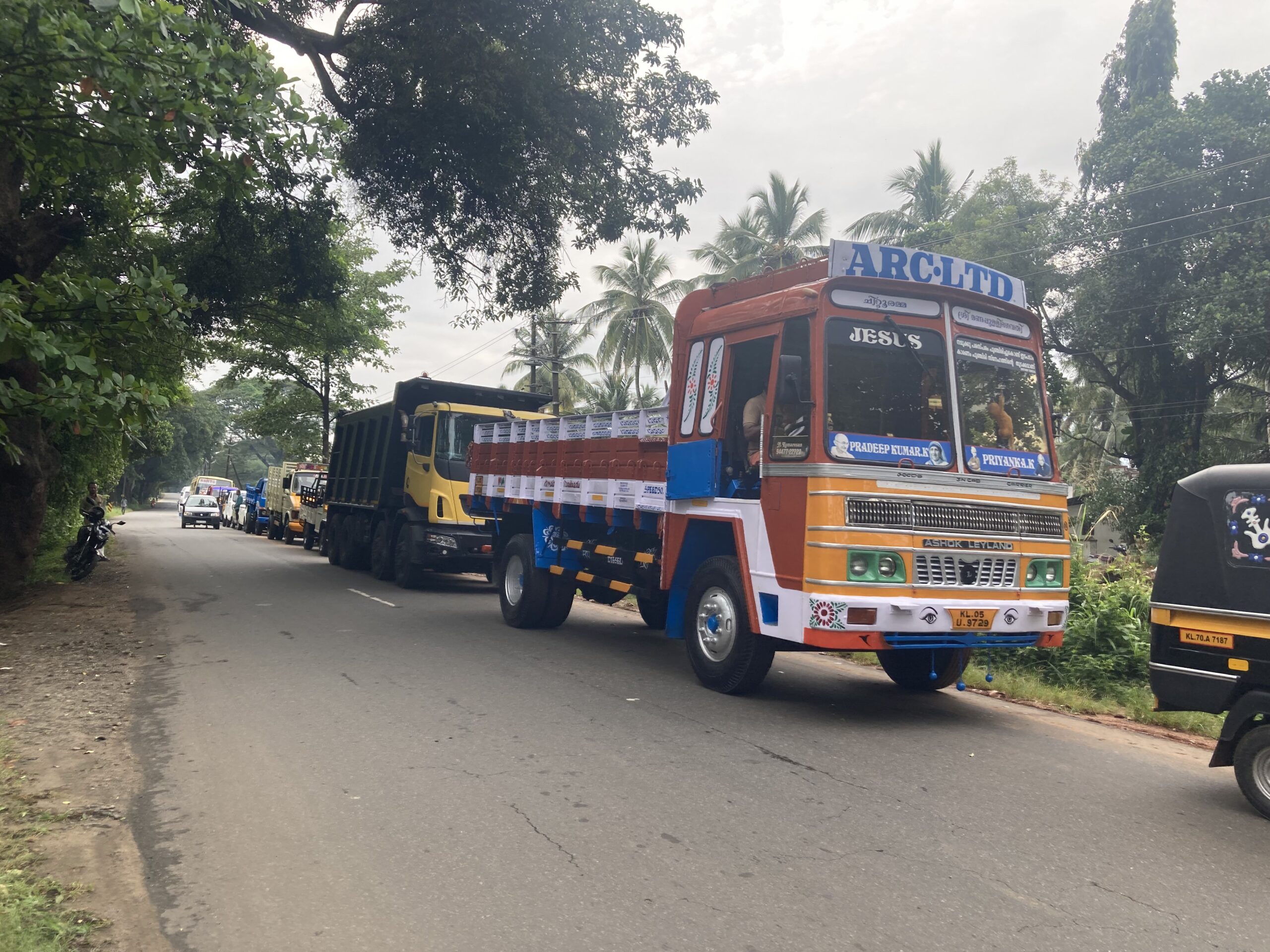Road networks play an integral role in the social and economic fabric of any country, providing critical links for people, goods, and services. This blog post invites you to take an expansive journey across continents to explore the intricate road networks of seven diverse nations: China, Germany, the United States, India, Russia, Australia, and Brazil.
China: Embracing the Great Road Expansion
China, a country known for its rich history and rapid economic growth, boasts the most extensive road network globally. According to the latest data, China’s road network stretches over an incredible 5.2 million kilometers, a figure that continues to rise as the country expands its infrastructure.
The backbone of this intricate web is the National Trunk Highway System (NTHS), China’s equivalent of the expressway. The NTHS, boasting around 160,000 kilometers of expressways, is strategically designed in a grid pattern, connecting all major cities and facilitating efficient travel and trade routes that fuel China’s bustling economy. The comprehensive network of national, provincial, county, and township roads ensures connectivity to even the most remote corners of this vast nation.
Germany: Autobahn and Precision Engineering
Germany’s road network, spanning over 231,000 kilometers, is known worldwide for the famous Autobahn. The Autobahn, a federally controlled-access highway system with areas devoid of a mandatory speed limit, is an engineering marvel embodying German precision and efficiency.
But the network extends beyond the iconic Autobahn. It encompasses a comprehensive system of Bundesstraßen (federal roads), Landesstraßen (state roads), and Kreisstraßen (district roads). These intricately interlinked routes ensure seamless connectivity across the country, contributing significantly to Germany’s strong economy and high living standards.
United States: Diversity and History Paved Into Roads
With its roads sprawling over 6.8 million kilometers, the United States possesses one of the most diverse and extensive road networks worldwide. The interstate highway system, modeled after Germany’s Autobahn, was a remarkable post-war development and continues to play a critical role in national connectivity and economic growth.
Historic routes such as Route 66, while officially decommissioned, remain cultural icons. Today, the U.S. road network seamlessly weaves together bustling cities, sprawling suburbs, and vast rural areas, reflecting the nation’s diversity and expansive landscapes.
India: A Vibrant Mosaic of Roadways
In India, the road network faces the unique challenge of accommodating an exceptionally diverse terrain, including towering Himalayan peaks, vast plains, dense forests, and coastal regions. Despite these hurdles, India has built one of the largest road networks globally, stretching over 5.9 million kilometers.
The network includes National Highways, State Highways, and other roads, each playing a distinct role in linking India’s teeming cities and villages. Noteworthy is the Golden Quadrilateral project, an ambitious highway network connecting India’s four major metropolitan cities—Delhi, Kolkata, Chennai, and Mumbai.
Russia: A Network Stretched Across Extremes
Russia’s road network, spanning over 1.4 million kilometers, faces the dual challenge of vast distances and harsh climatic conditions. Despite these challenges, Russia’s roadways—most notably, the Trans-Siberian Highway, one of the longest national highways globally—symbolize the nation’s resilience and adaptability.
However, providing robust connectivity to remote regions remains a formidable challenge for Russia. Many areas, particularly in the expansive Siberian and Far Eastern regions, are still difficult to access, underscoring the ongoing developmental challenges.
Australia: Bridging the Great Outback
Australia’s road network, though not the most extensive at over 877,000 kilometers, plays a crucial role in linking its sparsely populated areas. Highways like the Stuart Highway, running from the northern to the southern coast through the heart of the continent, serve as vital lifelines in this vast and diverse landscape.
The challenge lies in maintaining these lengthy roads, ensuring their usability across Australia’s varied climates. However, Australia’s ongoing infrastructure developments and maintenance projects demonstrate the nation’s commitment to surmounting these challenges.
Brazil: Paving the Way for the Future
Brazil, with its rich diversity of landscapes and expansive size, faces the herculean task of creating an extensive and efficient road network. As of now, the total road length in Brazil is about 1.7 million kilometers.
Major highways like the BR-116, which runs from the north to the south of the country, play a crucial role in internal connectivity. Nevertheless, the country grapples with significant challenges such as uneven road quality, poor maintenance, and limited reach to certain regions. Addressing these issues remains an ongoing task for Brazil’s infrastructure development plans.
Road networks are as diverse as the countries they lace through, each embodying a unique tale of human ingenuity, adaptability, and perseverance. Whether it’s the vast expressways of China, the precision-engineered autobahns of Germany, the diverse roads of the U.S., the vibrant mosaic of India’s highways, Russia’s resilient passages, the lifelines across Australia’s outback, or Brazil’s developmental strides, each road network stands as a testament to human ambition and progress. With continued innovation and development, these networks will undoubtedly continue to evolve, offering more connectivity and opportunities for growth in the years to come.
Image by Karl Oss Von Iya from Pixabay
Get in touch with us using the email below to reach out for any inquiries, feedback, or collaboration opportunities. admin@roadsandrails.org









